Gold Nanoparticles Green Synthesis by using Tetrachloroauric Acid and Bottle Brush Leaves via Biological Method
Cite This in Your Publication
Gold Nanoparticles Green Synthesis by using Tetrachloroauric Acid and Bottle Brush Leaves via Biological Method - InstaNANO. https://instanano.com/all/nanomaterial-synthesis/metal/gold-nanoparticles-1/ (accessed April 29th, 2024).
Gold Nanoparticles Green Synthesis by using Tetrachloroauric Acid and Bottle Brush Leaves via Biological Method - InstaNANO. https://instanano.com/all/nanomaterial-synthesis/metal/gold-nanoparticles-1/ (accessed April 29th, 2024).
Gold Nanoparticles Green Synthesis by using Tetrachloroauric Acid as precursor and Bottle Brush Leaves as reducing and stabilising agent via Biological Method
-
CHECK LISTFresh leaves of Neem, Bottle Brush, Tetrachloroauric acid (HAuCl4·3H2O), Deionized Water, RB Flask, Dropper, Magnetic Stirrer with Temperature option, Filter Paper
-
STEP 1.Take fresh leaves of Bottle Brush. Wash properly and cut them into small pieces.
-
STEP 2.Take 25g leaves pieces in 100ml of deionized water and boil the leaves around 80ºC for 5-10 minutes.
-
STEP 3.When the water turns GREEN, filter it out and use it as reducing and capping agent for Nanoparticles synthesis.
-
STEP 4.Take 50mg Tetrachloroauric acid in 100ml deionized water; and set the temperature 60ºC.
-
STEP 5.Add leaf extract drop wise slowly (prepared in step-3) into Tetrachloroauric acid solution, until the color chnages to Red or Violet.
(The color depends on the size of Gold Nanoparticles and the type of leaves you have taken).
-
RESULTSThe Red or Violet color indicated the formation of Gold Nanoparticles in water. UV-Vis spectroscopy absorption peak would be obtained around 530nm.
-
Factors Affecting SynthesisSpecies of Plant/Tree: Different types of Plants/Trees are having different types of chemical composition and concentration of specific chemical in its leaves. So different species of Plants/Trees can give the different particle size, size distribution. Even morphology can also be changed by using leaf extract of different plants/trees.
Concentration of Precursor: Silver Nitrate is used as the precursor in this synthesis. Higher the concentration of Silver Nitrate, more the chances of agglomeration; further leads to bulky size particles.
Concentration of Leaves in Water: Concentration of leaves in water is very important for Nanoparticles synthesis. Higher concentration of leaves in water, leads to higher concentration of reducing and capping agent in water.
Temperature: The temperature is another important factor in the synthesis of Nanoparticles, change in temperature leads to change in the particles size; also higher temperature leads to faster chemical Kinetics. -
NOTE: All the experiments should be done under the guidance of lab Incharge; and proper lab safety instructions.


















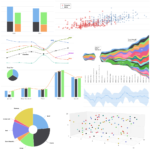

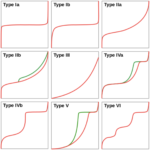
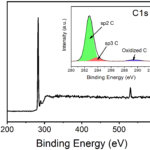
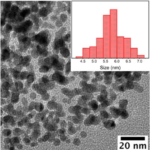
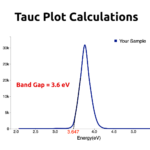


Can I directly use Gold chloride in DI water?
Could you please share such a procedure for gold coating on nano composites or particles?